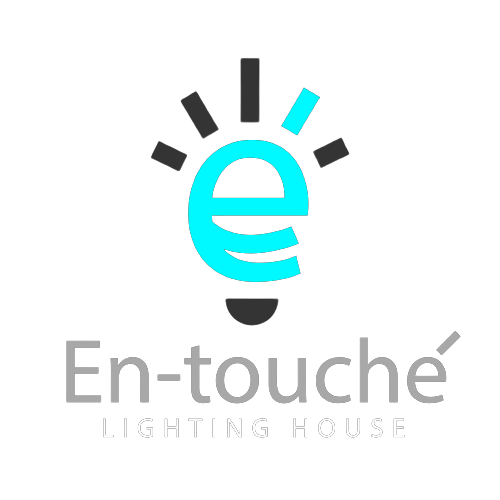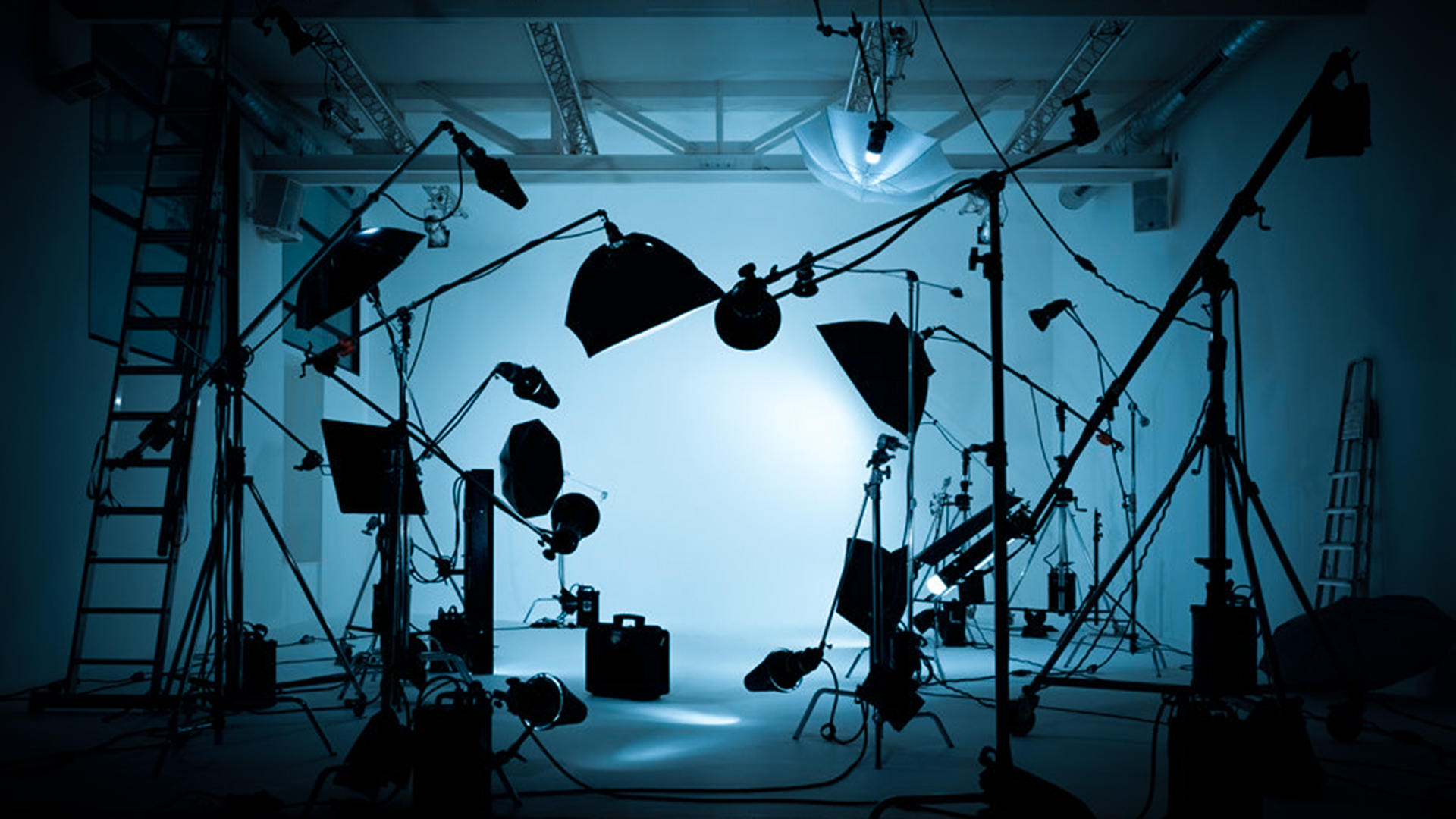
8 COMMON FILM LIGHTING TERMS EVERY GAFFER SHOULD KNOW
On this platform we always create handy lighting tips, gear reviews and guides to help lighting enthusiasts as well as professional lighting designers work more seamlessly and create the look and feel they want for their film. For the sake of this blog post, we would look at some important and common lighting terms every gaffer not only needs to know but needs to fully understand the implementation process on set while filming. Some of these lighting terms are as follows:
1.) PRACTICAL LIGHTING
Practical lighting is simply the act of deliberately using practical lights as part of the set piece or lighting gears that make up a scene (note that sometimes practical lights can serve both purposes). A practical light is an actual working light that intentionally appears in a scene.
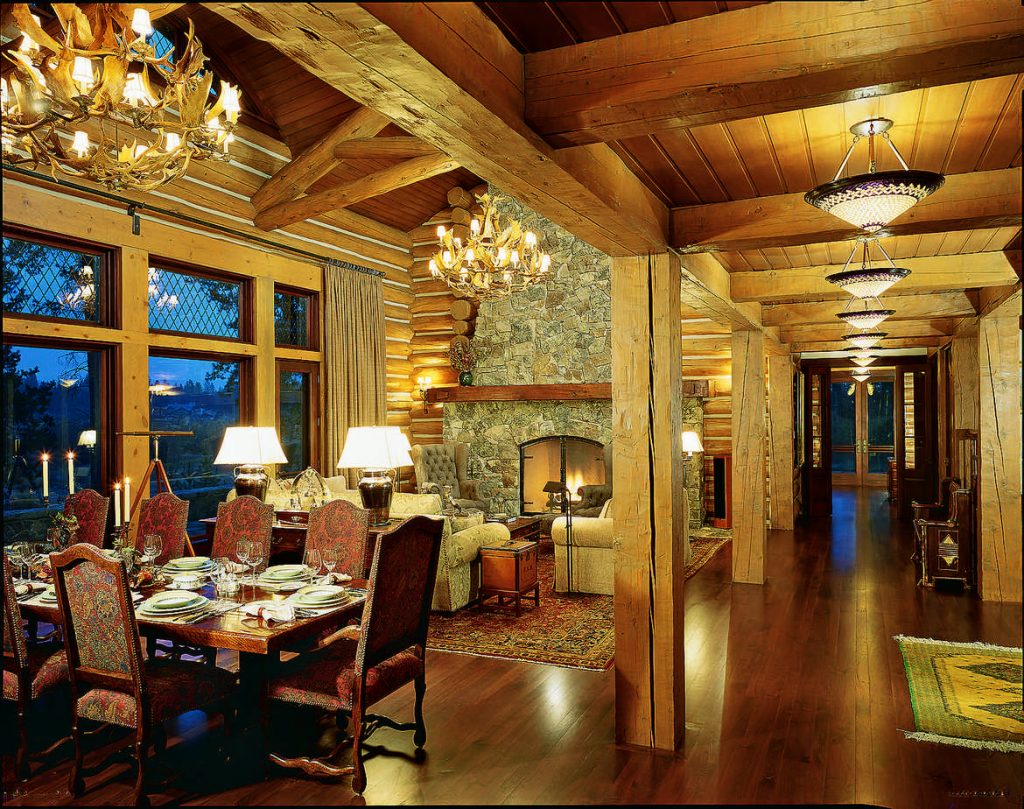
This lighting can be achieved with a variety of light sources like chandeliers, bedside lamps, table lamps, household bulbs, florescent tubes, candles, christmas lights, street lights, car headlights or any other light source/s. Practical light sources are effective at establishing motivated light sources in a scene and creating a sense of realism for the audience.
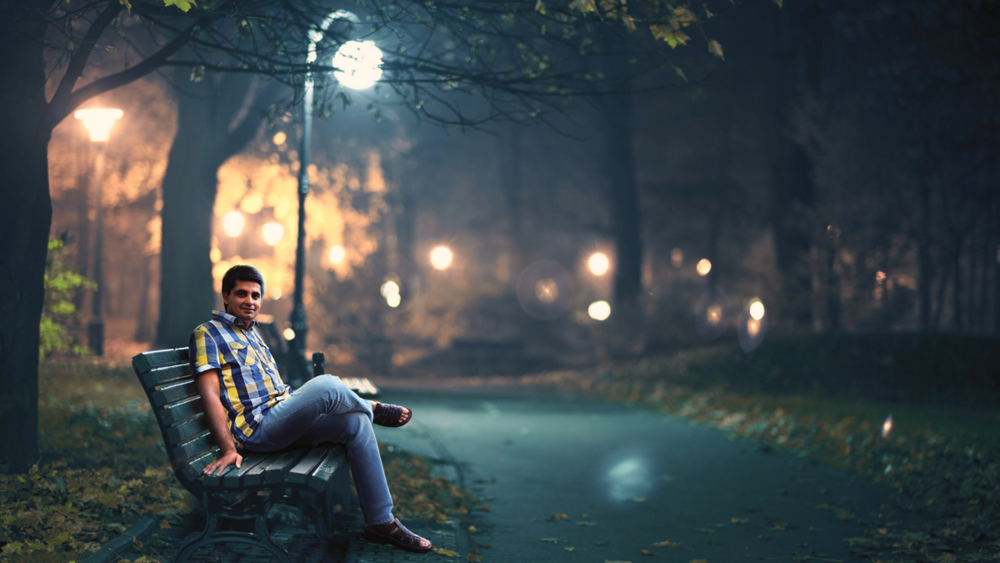
2.) 3 POINT LIGHTING
Three-point lighting is a standard lighting style that involves illuminating a subject/object with light sources from three different positions. The three types of lights that make up the 3-point lighting are key light, fill light, and back light. By altering the direction, distance, intensity, and position of these light sources, we can control how light and shadow fall on a particular subject or object. We can also create different look and moods and communicating different messages. A key light to illuminate your subject/object, a fill light to control your contrast, and a back light to provide depth to the shot. Back lights also separate the subject/object from the background.

The key light is the primary and brightest light source in the three-point lighting setup. It gives a scene its overall exposure and it is usually positioned at a 45-degree angle to the camera. The fill light on the other hand which is usually less brighter, balances the key light by illuminating shaded surfaces and lessening or eliminating shadows created by the key light on the subject/object. The final light in the 3-point lighting setup is the back light also called the rim or hair light. It creates an outline behind which separates the subject/object from the background and creates depth as well. For more detail on 3 point lighting, visit the linked article.
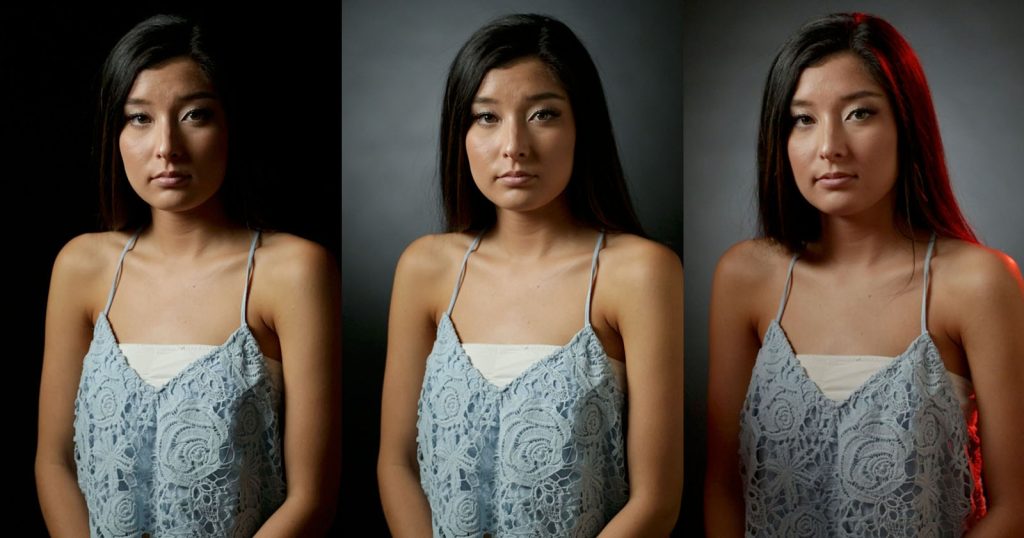
3.) HARD LIGHT
Hard lights are very strong, bright and often undiffused light sources. It casts harsh and well defined shadows with a very abrupt transition from the highlights to shadows. A good example of a hard light source is a HMI light (see a detailed look at HMI lights). Imagine how bright, harsh and strong a 2.5k or 4k HMI light will be if pointed on a subject or object; imagine the shadow that subject or object will cast on the background! You will agree that the shadow will be precise even unfriendly and the transition from light to dark will be abrupt. The high-contrast nature of hard light creates a strong sense of drama and gives your pictures an edgy, gritty look.
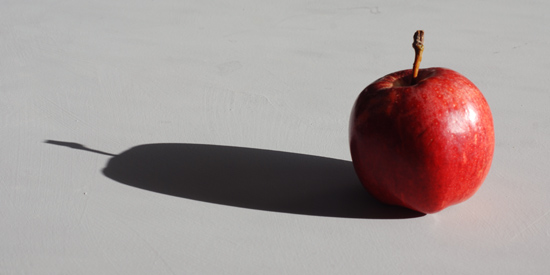
4.) SOFT LIGHT
Soft light as the name implies is the very opposite of hard lights. It is diffused light that avoids casting harsh shadows on its subject and is otherwise known as ‘diffused light’. Soft light is a type of light with few hard shadows, and the transition between the dark to bright areas is more gradual. Soft light is light that creates shadows with a gradual transition from light to dark. There are no hard shadow lines. Soft light is light that tends to “wrap” around objects, projecting diffused shadows with soft edges. It’s more natural-looking and makes your subject appear warm, welcoming, and friendly.
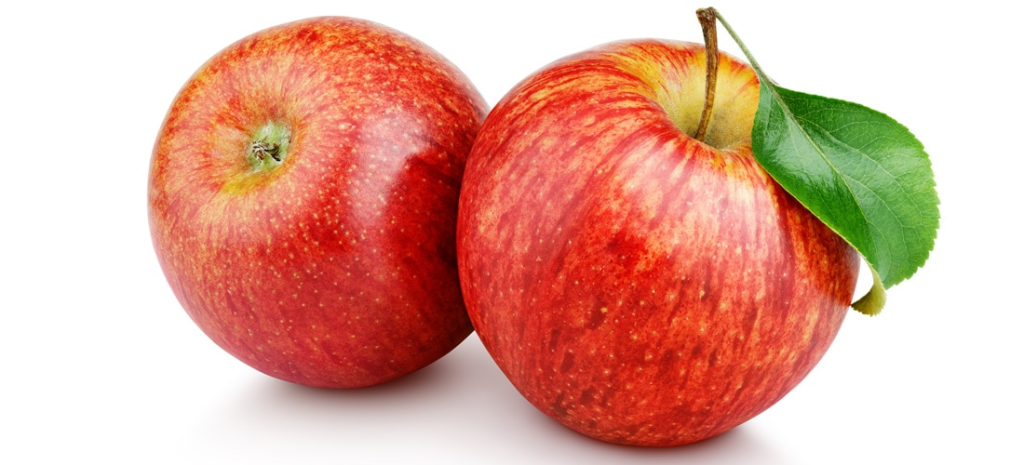
5.) HIGH KEY LIGHTING
High-key lighting is a style of lighting which involves lighting the subject/object in with little or no ratio/contrast between light and dark. It is characterized by more fill light and softer shadows on the subject/object. Fill lights are used to increase the amount of ambient light in a scene and reduce the contrast. High-key lighting is often used in commercials especially for beauty products. The brightly lit scenes usually suggest an upbeat mood and positive and happy countenance. This look can also imply truth and openness, making it effective for video interviews or training videos.
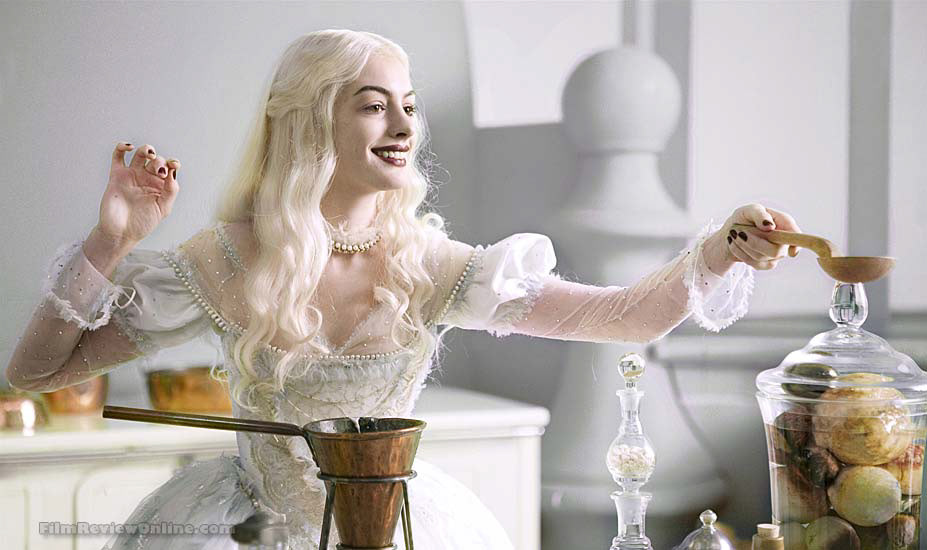
6.) LOW KEY LIGHTING
Low-key lighting is the opposite of High Key Lighting. It is a lighting style that employs heavy ratios/ greater contrast between the dark and light areas of the image with a majority of the scene in shadow. Low-key lighting is often used for more serious, dramatic, or narrative videos. With its moody, dark tones, “low-key lighting is effective for drawing attention to serious subject matter, or the darker side to the story. For low-key lighting, you need to limit the ambient light in your scene and closely control your light source. Because white colored walls reflect light easily, low-key lighting is most effective when shot against dark backgrounds. You can shoot low-key images and videos with natural light, but it requires you to control the set or environment more strictly.
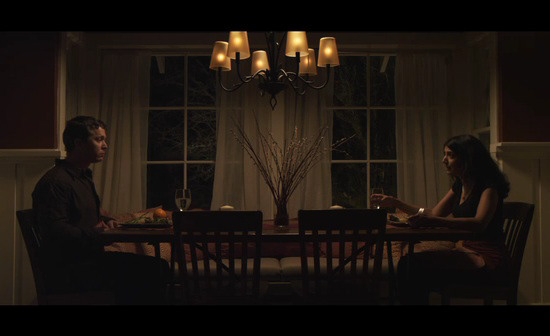
7.) BOOK LIGHTING
Book lighting is another soft lighting technique. It is usually is bounced light/s that is further diffused before hitting the subject/object. The result is a consistent and even soft light. The book light technique, coined by film maker Shane Hurlbut is so simple and basic. It also requires the most inexpensive light modifiers, yet gives you the maximum control over the quality of light. What you need in order to create a book light, the light fixture/s, reflector/s, bounce boards (sometimes) and a large diffusion panel. Click this link to see a music video set that employed the book lighting style https://www.instagram.com/p/Cfgwj1Sj1LV/
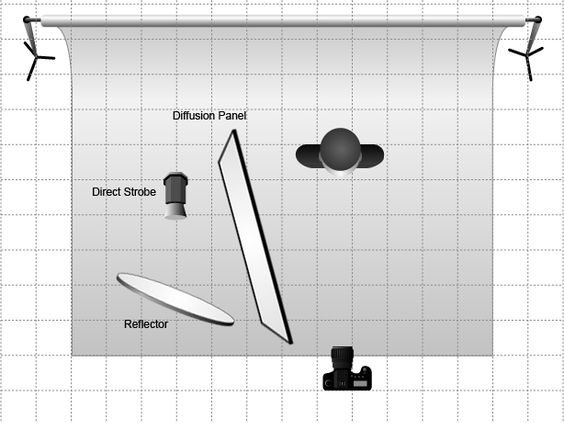
8.) COLOR TEMPERATURE
Different types of light radiate different color intensities, called color temperatures. Color temperature in lighting is one of the most determining qualities of how a light source appears to the human eye as well as a camera sensor. It uses numerical values to measure the color characteristics of a light source on a spectrum ranging from warm colors to cool colors.
The color temperature of the lighting affects the final colors in your movie. Color temperature is determined by the intensity of light that radiates from your movie lights, practical lights, or the sun. It is measured in degrees of Kelvin (K) on a scale from 1,000 to 10,000.
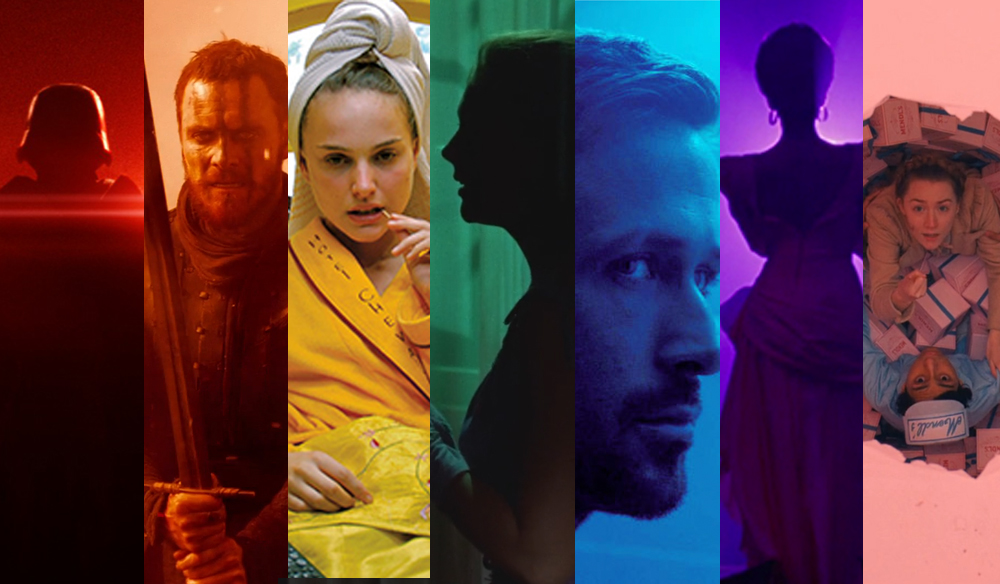
The above terms are common film lighting terms that knowledge of can transform your lighting from amateurish and ordinary to professional and cinematic. We hope that after reading about these lighting terms, you can confidently tell a lighting enthusiast or any filmmaker who doesn’t know, a thing or two to help them achieve that block buster lighting they desire! You can leave your comments in the comment section below. Stay tuned and anticipate more in dept lighting tips and techniques. Don’t Stop Lighting!
